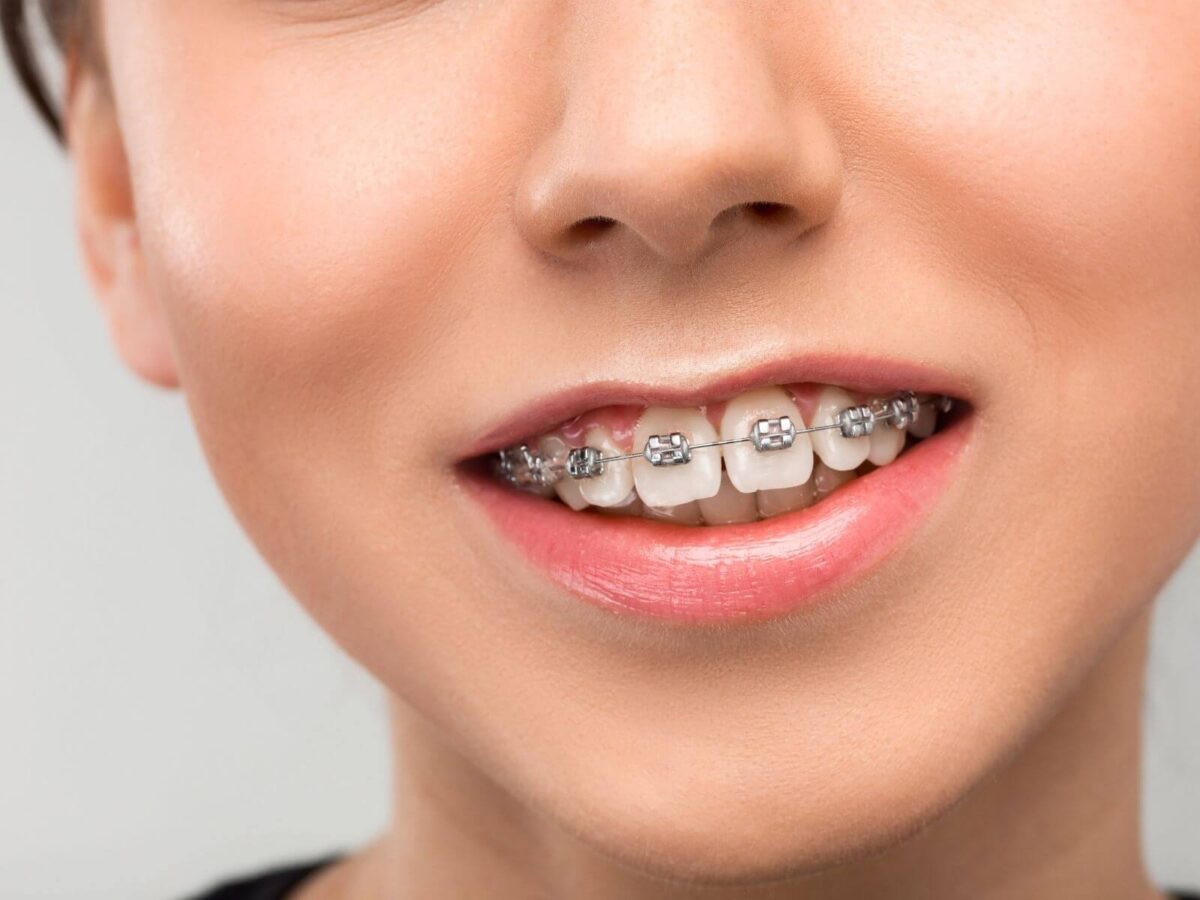Braces are an investment in a beautiful smile and a step toward a healthier one. However, changing food habits also necessitates safeguarding your new orthodontic installations. Having braces means that you know how difficult it is to eat that tasty meal that does not cling to the brackets or harm the wires in some way. You need to have a proper diet, especially when undergoing orthodontic treatment, to ensure your mouth is healthy before, while, and after the braces.
Foods To Eat When You Have Braces
You will think it’s tough to see your friends and families eat foods that you like, yet you cannot consume them because you have braces. But there is no shortage of great-tasting foods you can indulge in while waiting for your new braces to work. Below are ten foods you should eat after getting braces.
Yogurt
Yogurt is easy to take, especially if it is in a cold state; it can even help to ease oral complications. Furthermore, yogurt is produced in various forms and flavored according to your preference. The only thing you should remember is that some types of yogurts contain more sugar than others, and you should pay more attention to them if you wear braces because it is quite easy to get some plaque.
Eggs
They are easy to cook, and they can be prepared in many different ways. Eggs are perfect after getting braces, especially if steak or chicken is too painful to chew. Hard-boiled or fried eggs are all right, but if you want softer, you can try scrambled, poached, or fried eggs.
Bananas
Bananas are good for you and can help you alleviate your hunger after having your braces put on. Although bananas will do, it is better to look for slightly brown ones so that you have an easier time eating them without putting too much pressure on the teeth. The more ripe the banana, the better it will be for you to chew. They can even become part of your oatmeal or yogurt bowl.
Soups and Broth
It’s no surprise that soups and broths are particularly popular after getting braces since they are easy on the teeth and do not require much chewing to be swallowed in the first place. Soups should also contain a lot of vegetables to complement your diet delivery meal. Creamy soupy dishes, such as pasta soups, bisques, etc., are also ideal.
Mashed Potatoes
Mashed potato is easy to prepare and does not require much effort because you only need to swallow it as you do not need to chew it. If you are not inclined to make homemade mashed potatoes, you can use instant potatoes made in the microwave or on the stovetop to add several ingredients. Another potato substitute is baked ones, which you can mash up and add butter, chili, or shredded cheese.
Oatmeal
Another perfect example is oatmeal if your mouth is sore after getting braces. The warmth of oatmeal can handle the swelling and inflammation that affects us at some point. It is also convenient to serve, and if one feels hungry, one can prepare it in under ten minutes and take it as breakfast or snack food.
Jello
A packet of Jello has no place on the kitchen shelf but in your handbag or pocket when you’re having surgery or getting orthodontic treatment. Which, when reformed, can make for a deliciously simple and quite enjoyable snack or even a dessert. Pour whipped cream on top, and you’ll have a delicious dessert you won’t need to remove your braces to enjoy. As a reminder, certain flavors contain more sugar, which promotes plaque and increases the chance of cavities.
Smoothies
Smoothies are rich in fiber and vitamins, which can only mean wonderful news for anyone who cannot bear to take solids after their braces have been fixed. Pouring different types of frozen or thawed fruits will help you to get a cold, sweet dessert or even replace a meal. You could also add spinach or any other green part.
Applesauce
Applesauce is a good food option for states of pain and discomfort due to braces. It can be served at room temperature or chilled as a result of the consumer’s personal preference. It also can be easily taken, for instance, carried in your pocket or bag when you have a busy day ahead of you. However, this is very rich in fiber and low in saturated fats, so you’re assured that you are eating healthy food with applesauce.
Ice Cream
Not only is ice cream tasty, but the cold temperature soothes and can alleviate pain and reduce inflammation and swelling if you recently got braces. You can try two other closely related options: gelatos, sherbets, and sorbets.
What Not to Eat with Braces
Another thing to remember while under the braces is to be careful when eating your food. There are some types of foods that you should avoid consuming if you want to protect your braces or get rid of orthodontic issues. They work through brackets, bands, and archwires, and they are sectional and can quickly be damaged by crunchy or sticky food. Moreover, one should brush his or her teeth well to avoid cavities and the unnecessary formation of plaque around the braces.
That being said, you don’t have to adhere strictly to the soft food diet, though knowing what foods harm your teeth is critical. Hazardous food that is dangerous for patients should also be prohibited, such as hard candies, ice cubes, crunchy foods, nuts, stick candies, sticky foods, and any sweet foods.
Besides, you should consider appealing fruits such as apples, caramel, popcorn, gum, and chewy products such as bagels and licorice. Any of these foods will likely get trapped between your braces and cause harm or a problem.
Tips to Eat Comfortably with Braces
If you are like anyone else, you might feel self-conscious about eating with braces on. We have some useful recommendations and advice on what you can do to make the procedure easier.
- To begin with, consider eating soft foods. Everything that does not require much chewing should be your best friend when first wearing braces. Examples include soups, mashed potatoes, applesauce, and ice cream. Once you feel a little more comfortable, you gradually add some other foods to your diet.
- You should also consider how you chop your food. It is important to take small portions of foods; this will help avoid much pressure on your teeth and gums, which may be painful.
- Lastly, you should brush your teeth and floss daily. Because of the tight spaces, it’s challenging for food debris not to get trapped between the wires and brackets, so brushing and flossing after every meal is always advisable.
Wrapping It Up
Considering all these things, your soft food diet will not last that long. You will be back to your normal, brace-friendly diet soon enough. If you have any questions regarding braces or maintenance, please contact us at Crosby Dental, TX.




